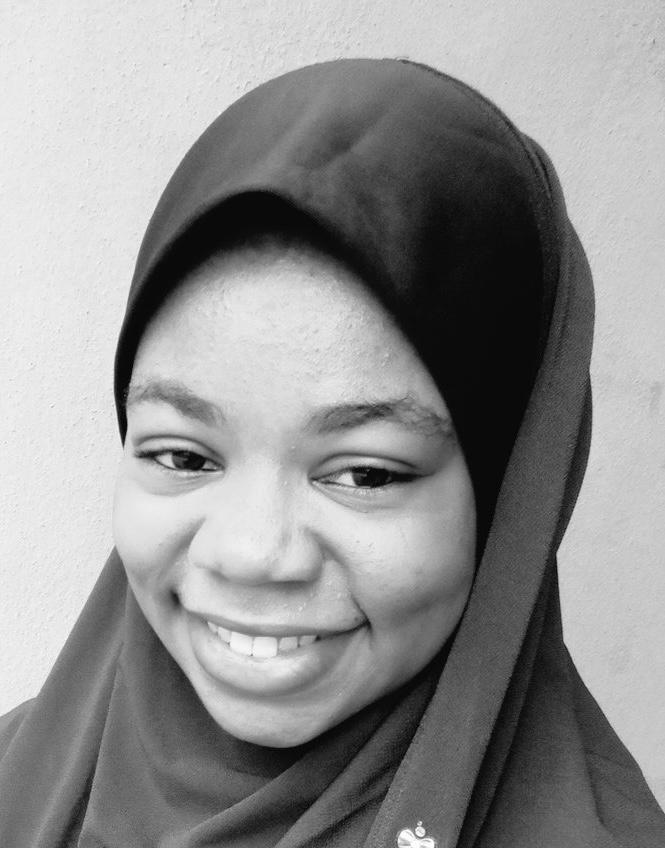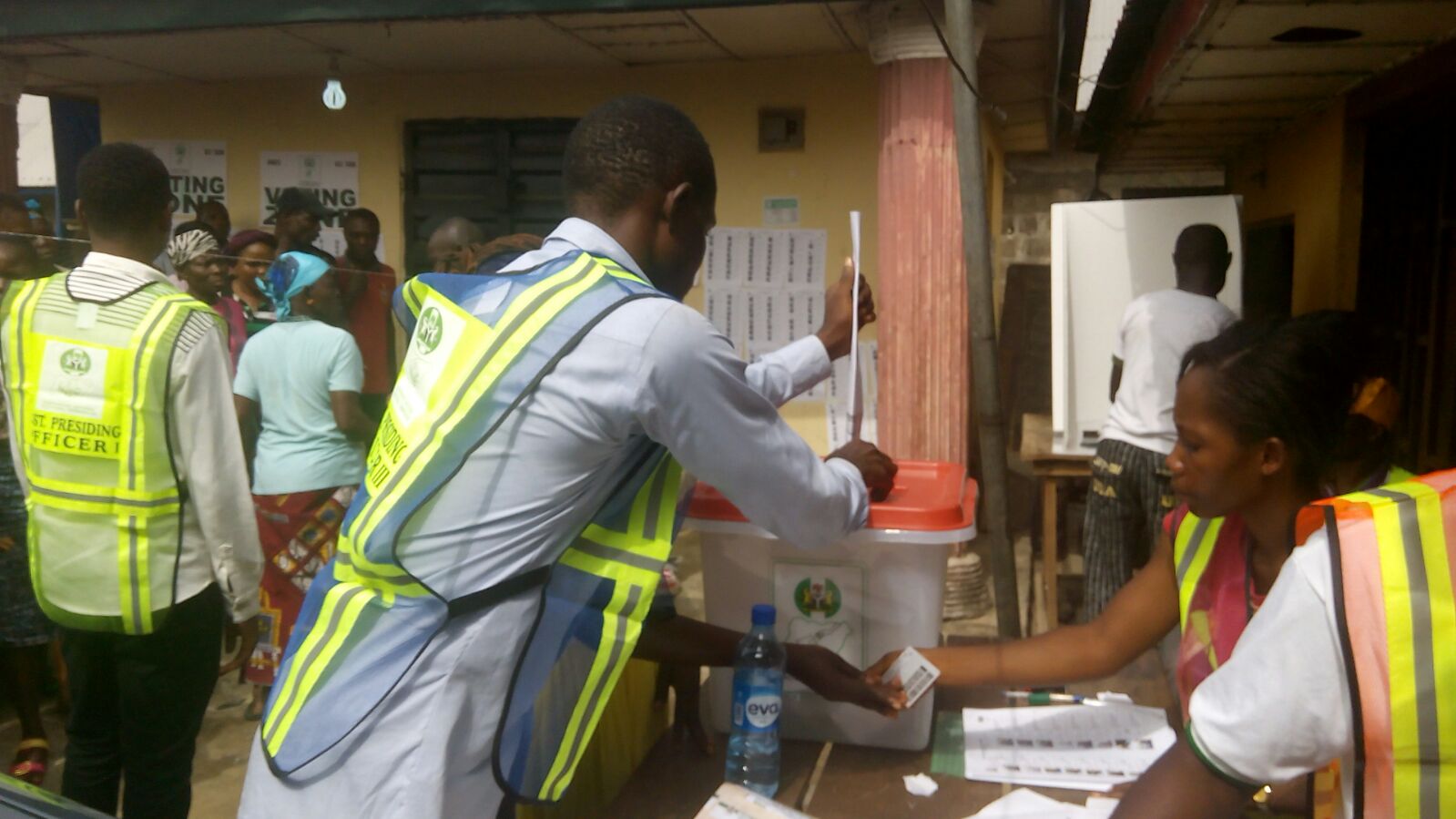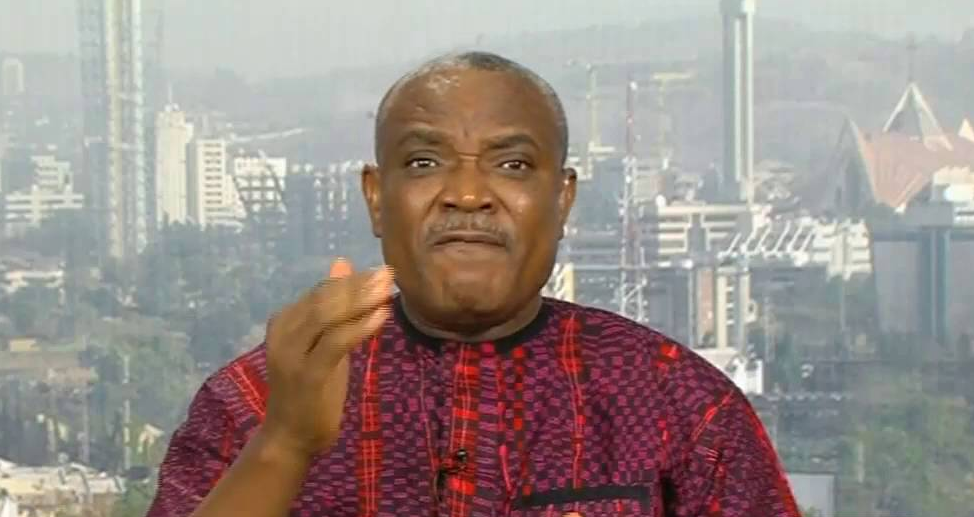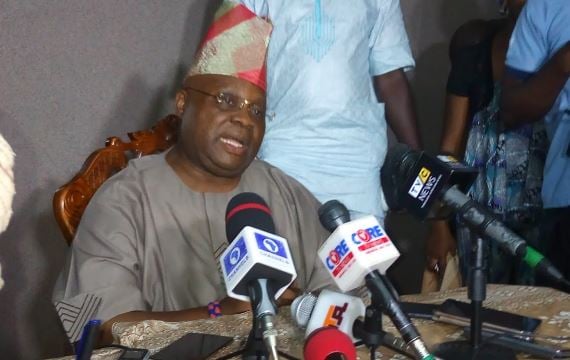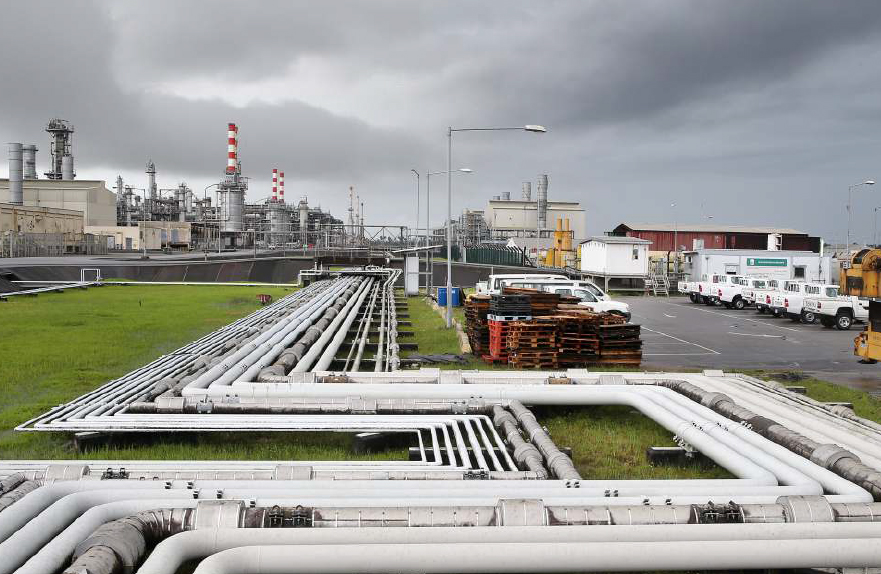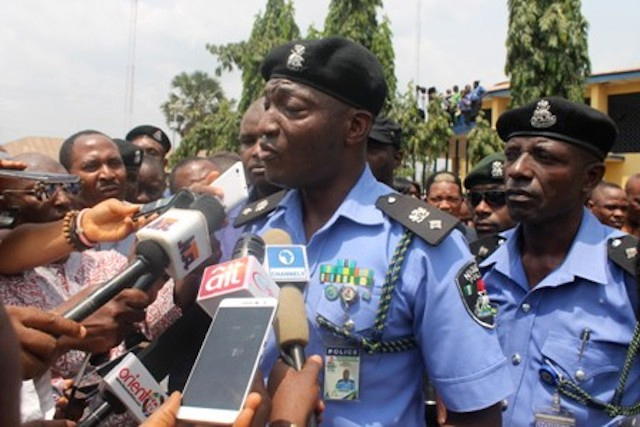In 48 hours, residents of Osun state will head to the polls to elect their next governor. Although 48 political parties fielded candidates, there is no gainsaying that the wrestle for power is between four candidates. The election gets more interesting given the fact that the four gladiators and their running mates are from major election-influencing areas of the state.
In the last governorship election in Osun, the two leading parties fielded candidates from Osun east, hence Rauf Aregbesola of the All Progressives Congress and Iyiola Omisore of the Peoples Democratic Party (PDP) divided the votes from that senatorial district while Aregbesola won overwhelmingly in Osun central and Osun west senatorial districts.
The votes from those two districts made him governor. However, in this case, candidates are spread across all the senatorial districts. APC is fielding Gboyega Oyetola from Osun central, with Benedict Alabi, his running mate from Osun west; the Peoples Democratic Party (PDP) has Ademola Adeleke, its flag bearer from Osun west and Albert Adeogun, his running mate, from Osun east.
The Social Democratic Party (SDP) has Iyiola Omisore from Osun east and Lawal Olayemi, his deputy, from Osun west while the Action Democratic Party (ADP) has Moshood Adeoti from Osun west and Adeolu Durotoye from Osun central.
Advertisement
Gboyega hails from Boripe, Adeleke from Ede, Omisore from Ife and Adeoti from Iwo.
Given the geographical distribution of the candidates and their popularity in their regions, each contender will most likely clinch the votes of the LGAs in his district.
However, the big question is, where will the winner get the significant votes? The constitution mandates that the overall winner must have not less than one-quarter of the votes cast in the election; each of at least two-thirds of all the local government areas in the state.
Advertisement
Chapter 6, section 179, sub-sections 2 of the 1999 constitution reads: (2)“A candidate for an election to the office of Governor of a State shall be deemed to have been duly elected where, there being two or more candidates -(a) he has the highest number of votes cast at the election; and (b) he has not less than one-quarter of all the votes cast in each of at least two-thirds of all the local government areas in the State.
“(3) In default of a candidate duly elected in accordance with subsection (2) of this section there shall be a second election in accordance with subsection (4) of this section at which the only candidates shall be – (a) the candidate who secured the highest number of votes cast at the election; and (b) one among the remaining candidates who secured a majority of votes in the highest number of local government areas in the State, so however that where there are more than one candidate with a majority of votes in the highest number of local government areas, the candidate among them with the next highest total of votes cast at the election shall be the second candidate.
This is where the possibility of a run-off comes in.
WHAT IS A RUN-OFF?
Advertisement
A run-off is an election conducted when the first election fails to produce a clear winner for the position of a president or governor. This can happen when the candidate with the highest votes does not have the required votes spread in the affected states or local government areas.
If a winner does not emerge on first ballot, who the two final candidates will be is what will remain unknown at least for now.
Add a comment
